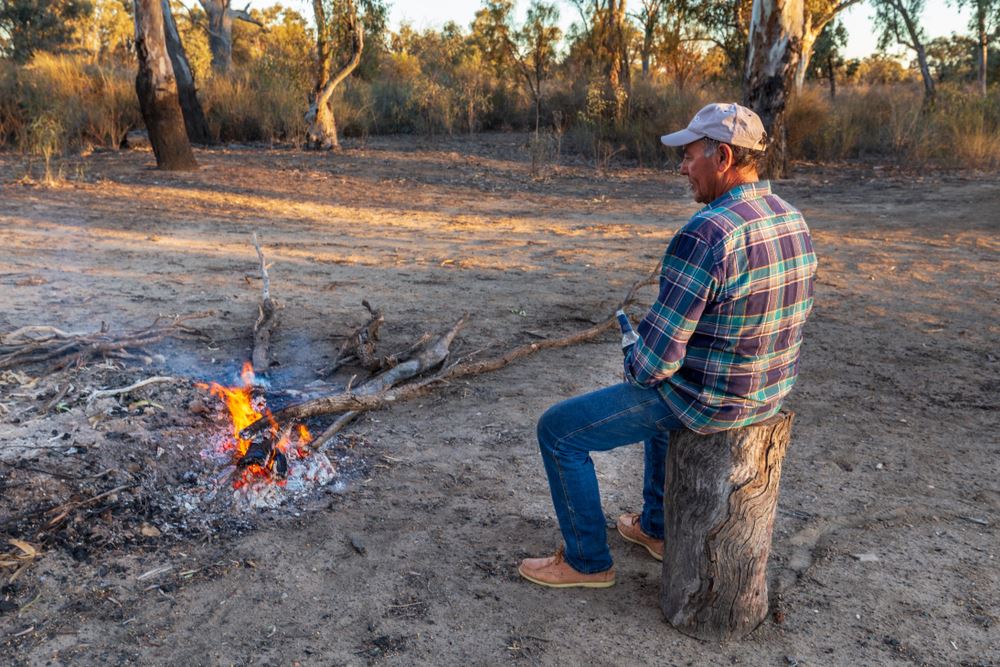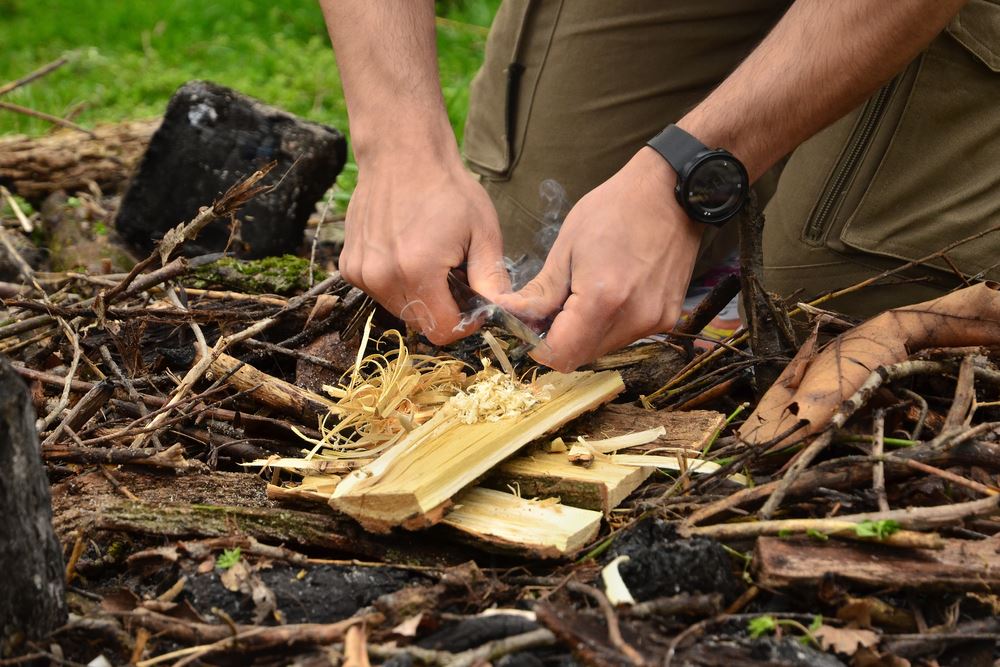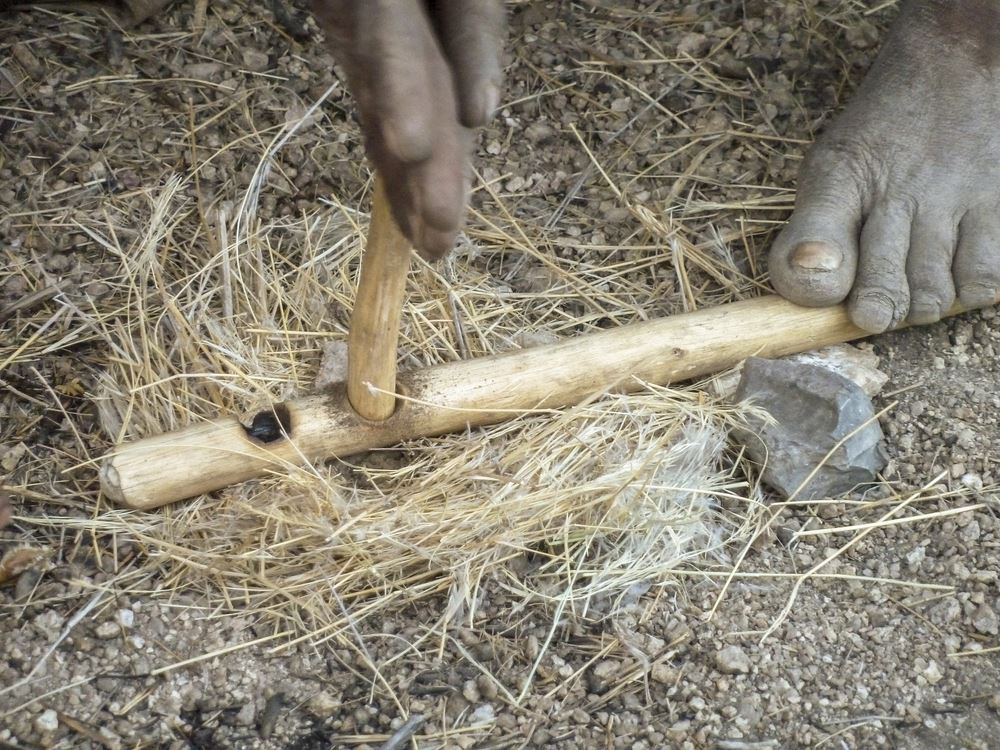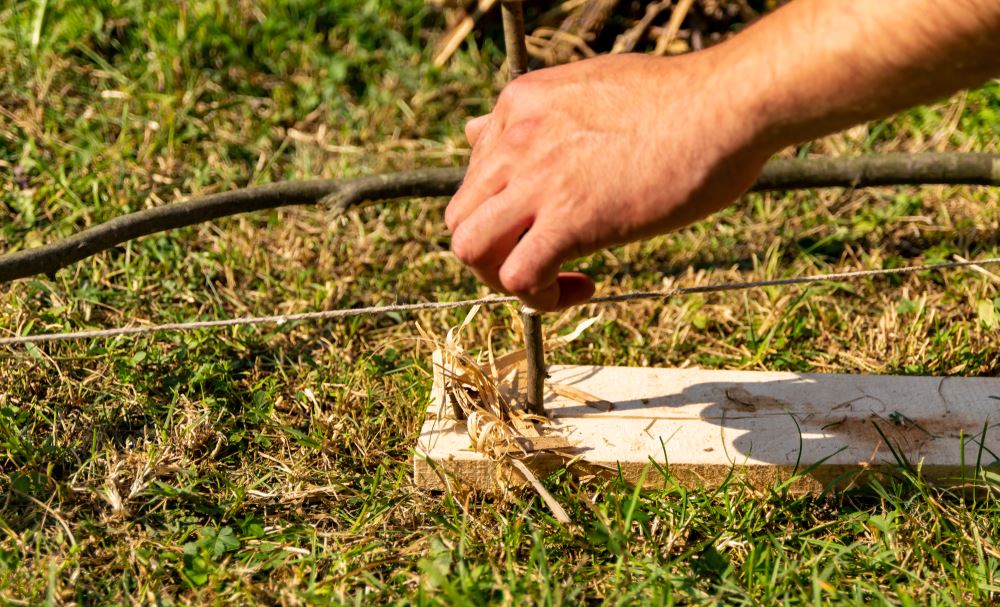
When you’re out camping, there’s some essential skills that you really ought to know – which is why we’ve started a new collection of posts on our blog known as Survival Series. We’ve already looked at how to treat a snake bite in the bush – in this post, we’re heating things up and learning how to start a campfire using practical, reliable techniques.
How Useful Is A Campfire?
A fire is a very practical thing to have at a campsite. It’s not just for sitting around and enjoying a drink or two (although that’s great too!) – a good campfire provides you with light, warmth, fuel for cooking food, and even acts as an insect repellent.
Although you might think that Australia doesn’t get cold enough to pose a risk of hypothermia, that’s not the case, especially in southern states such as Victoria and Tasmania (and even remote deserts!). Hypothermia occurs when your body temperature drops below 35°C, which can happen with prolonged exposure to temperatures under 10°C (or after lengthy immersion in cold water less than 20°C).
Because of this, carrying some matches on you during camping or hiking is important. However, if you find yourself in an emergency situation, you may not have matches on hand, which is why it’s useful to learn how to start a fire without matches as well.
Before You Go: Take the Right Gear With You
If you’re well equipped before you leave for your camping trip, starting a campfire is a relatively simple task. You’ll need just three things:
- Tinder. This can be a newspaper, small sticks and twigs, or firelighters.
- Ignition. Something to light the fire with, such as matches, a flint striker or a lighter.
- Wood collection equipment. An axe, hatchet or knife (or all three) to help process wood.
How To Start A Campfire

If you’re starting off with the gear mentioned above, here’s how to start a campfire quite simply.
1.Gather Wood
You’ll need enough wood for at least half an hour to begin with – enough to keep your fire going once you start it and look for larger pieces of wood or kindling. Good firewood should be dry, fine and should catch aflame easily. Having some amongst your camping kit is always a good idea, otherwise forage for dry leaves, grass or bark. It’s also worth organising your collected timber by thickness for ease of use, and chop it down into manageable pieces.
2.Arrange Your Campfire
Before lighting, you’ll want a good structure to allow for aeration and for a good deal of wood to be exposed to the flame. There’s a few different structures you can use including tepee (for a hot and fast burn), log cabin (for a slower-burning fire), lean-to (great for when it’s windy) and platform (ideal for cooking).
3.Start Your Campfire
The tepee formation is probably the easiest to feed wood into and will help you utilise all the timber you’ve organised. To start, light your tinder with some small twigs placed on top. Once it’s alight, gradually add larger sticks. By laying the timber in a tepee shape, you’ll get great aeration that keeps the fire hot and burning. Once you have a base of coals within the tepee, you’re all set.
How To Start A Campfire With Sticks

This is a bit more of an extreme survival skill, but it’ll be great for impressing your friends during your next camping trip. There are three basic methods – hand drill, bow drill and fire plough – that come into play once you have all of the materials ready.
Here’s how to start a fire with sticks if you’re without matches.
1.Gather Materials
To start a campfire without sticks, you’ll need:
- A dry, straight stick
- Flat, dry wood to make a fire board (or fire hearth)
- A dry and fine tinder bundle (dead or dried grasses are great for this)
- Kindling, including bundles of sticks
The straight stick and fire board will be used to create friction to create an ember, which is then moved to the fine tinder. The fine tinder will be used to start a flame, while larger kindling will eventually keep your fire burning
Remember: moisture is a fire’s worst enemy. You need thoroughly dry wood to have any hope at creating a fire using only sticks.
2.Use One Of Three Methods To Produce An Ember

You can use one of three methods to produce friction and eventually start a fire. These are:
- Hand drill. Drilling the straight stick onto the fire hearth to create an enormous amount of friction, building up enough heat to create a hot ember over time.
- Fire bow. Similar to hand drilling, however a bow (made from a curved stick and some string or vines) is used to maintain the drilling action and create a hot ember.
- Fire plough. Again, similar to the two above methods, but the necessary friction for starting the fire comes from a sliding back-and-forth motion on the fire hearth.
1.Transfer Ember to Tinder
Once you have an ember (remember, this will take considerable effort!), transfer it to your fine tinder and blow on it gently to ignite it. Then, use the ignited tinder to in turn ignite your kindling, producing a larger flame. Keep adding sticks as needed.
Looking for more helpful skills that can help you when you’re in the bush? Why not brush up on your snake bite first aid skills?


.png)